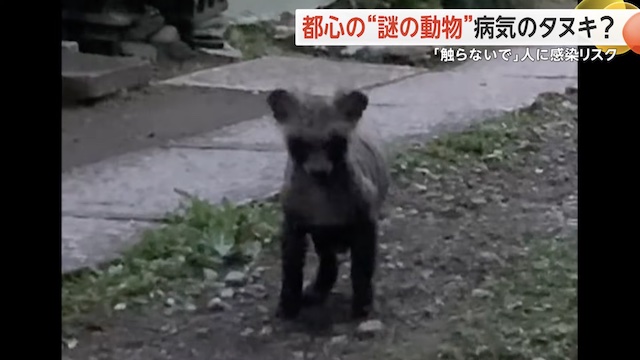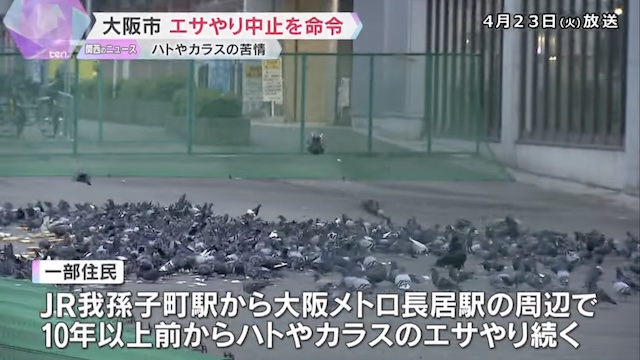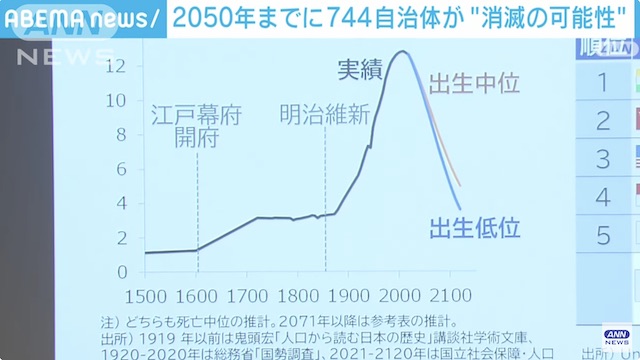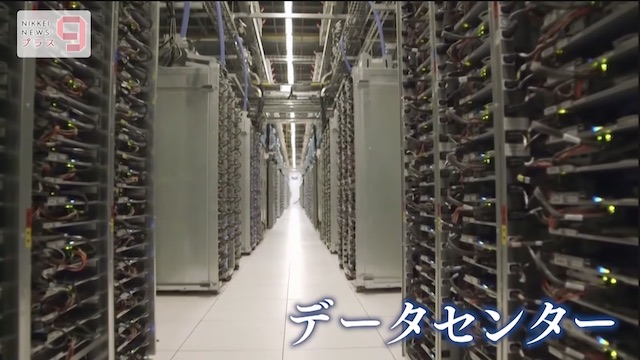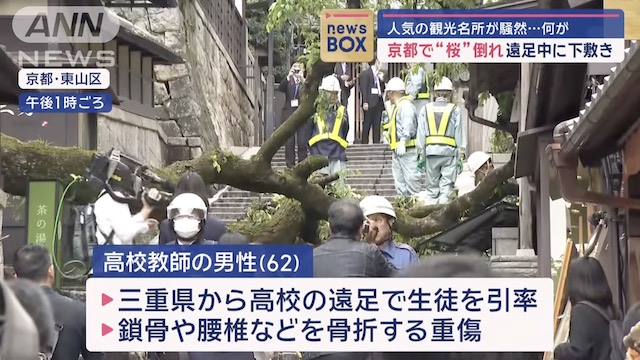Jun 06 (Japan Times) - Over the decades, gaming arcades in Japan have faced a series of challenges. Typically, they’ve been in the realm of technology — namely high-tech video game consoles that first promised arcade machine-level graphics and then, eventually, surpassed them. Now, Japanese arcades are facing a new menace, one that the entire world has been combating: COVID-19.
Even pre-pandemic, arcades in Japan were on a downward trend. According to a police white paper, there were only 4,022 arcades across Japan in 2019, down from 26,573 in 1986. Things have changed even since the late 2000s, when I published a book on Japanese game centers called “Arcade Mania!.” Back then there were over 9,000 arcades — significantly less than their mid-1980s peak, but double that of today.
For years, bowling alleys and the rooftops of department stores functioned as amusement spaces. Namco, for example, got its start in the amusement business in the mid-1950s, building two wooden hobby horses for the roof of a Matsuya department store in Yokohama. By the early 1970s, it expanded to electromechanical games, forerunners of the modern arcade games.
Gaming arcades as we know them first exploded in Japan in the late 1970s, when the game Space Invaders captured the nation’s imagination. Game centers — often coffee shops converted into arcades — were called “Invader House,” as the association with the classic space shooter was so strong.
From the late ’70s through the early 1990s, arcades thrived, thanks to youth with disposable money and arcade cabinets that often offered better graphics than home consoles. But as home consoles — from makers like Nintendo and Sega — got more powerful, and as the internet made online play possible, Japan’s arcades lost some of their home-field advantage.
Although time and technology marched on, arcades always had a certain charm that couldn’t be replaced by better graphics or central processing units. They were places you could go out of nostalgia, time machines to another era, and, most importantly, where you could interact with like-minded people. This appeal wasn’t limited to traditional gamers; in 2010 Nikkei reported that arcades were increasingly becoming social hubs for the elderly. One 65-year-old said going to the arcade and making loads of friends was “like being in a dream.”
Much of what makes arcades so appealing — human interaction — is now severely limited. When states of emergency were declared in Tokyo and Osaka, arcade titans Taito and Sega temporarily shuttered their game centers. Those that are open do take precautions, such as disinfecting the cabinets, buttons and joysticks, but the vibe is simply not the same.


